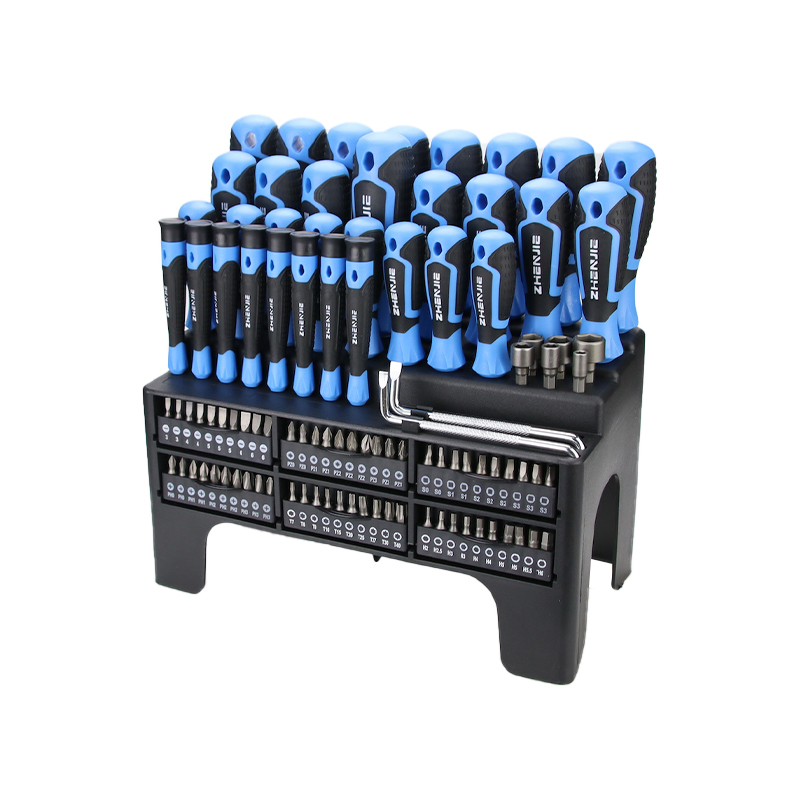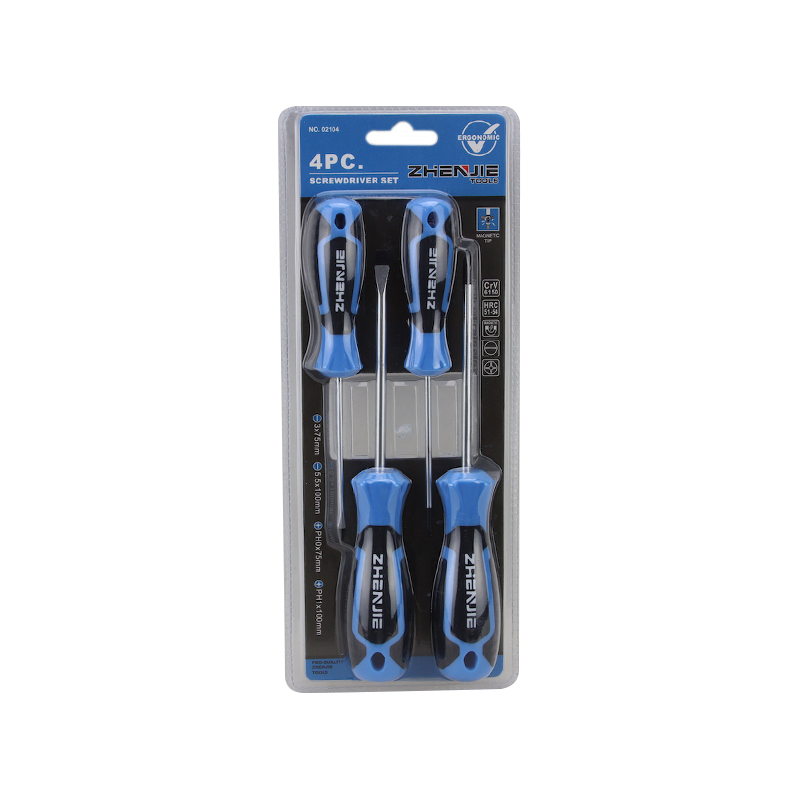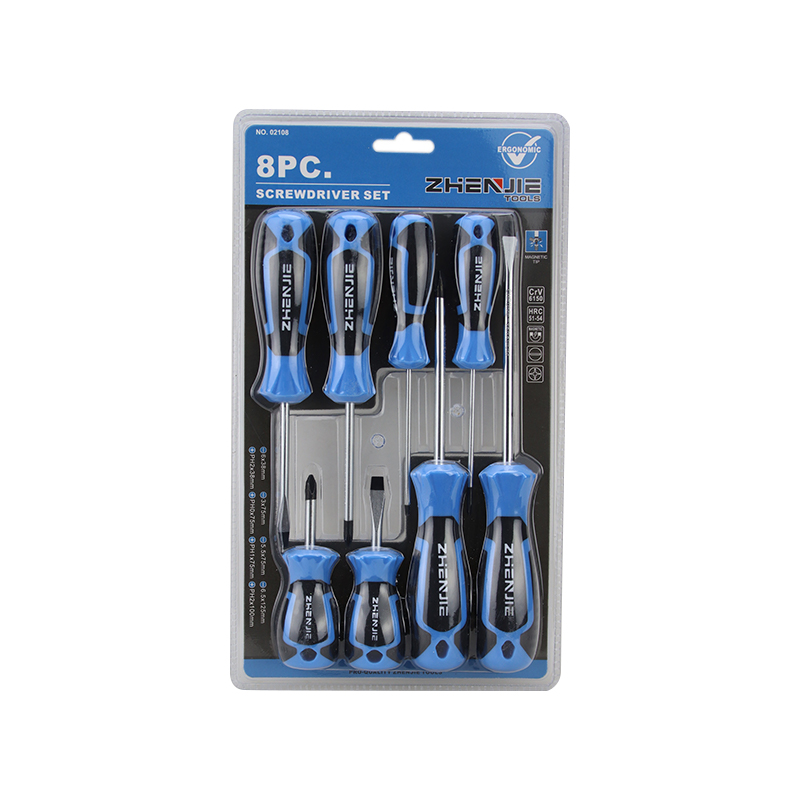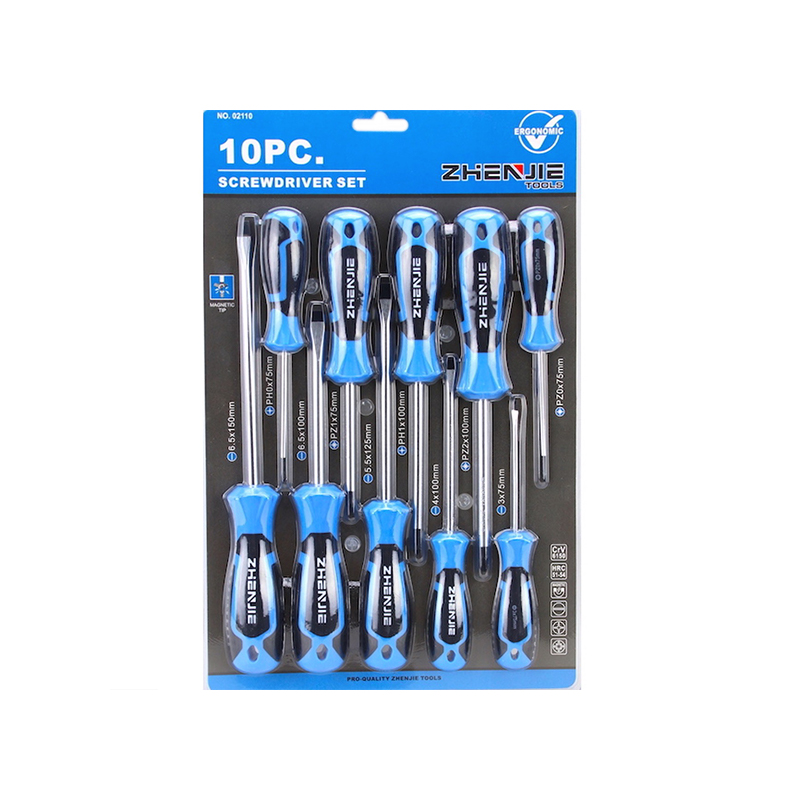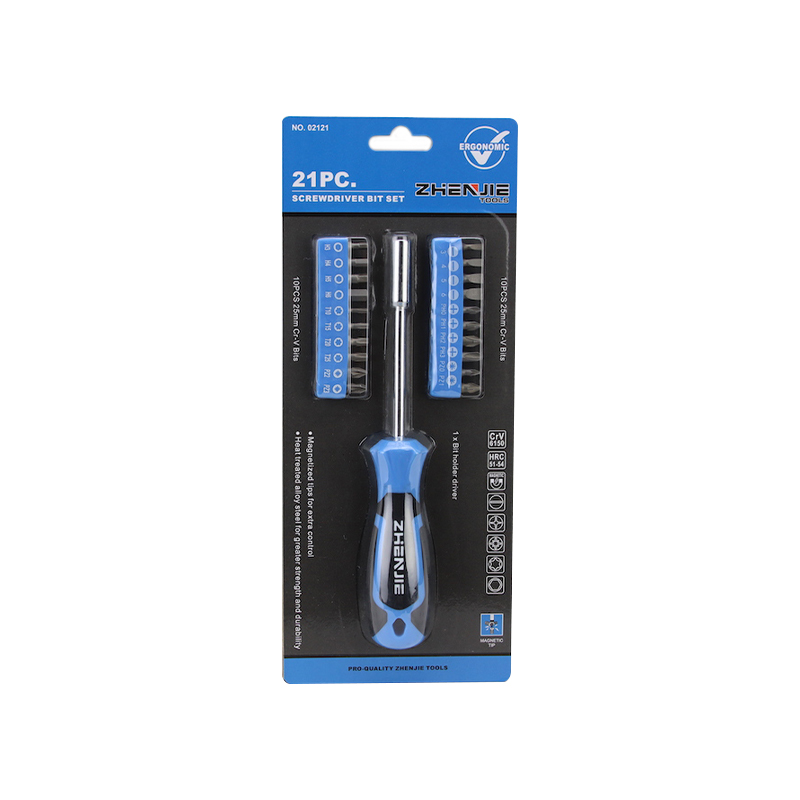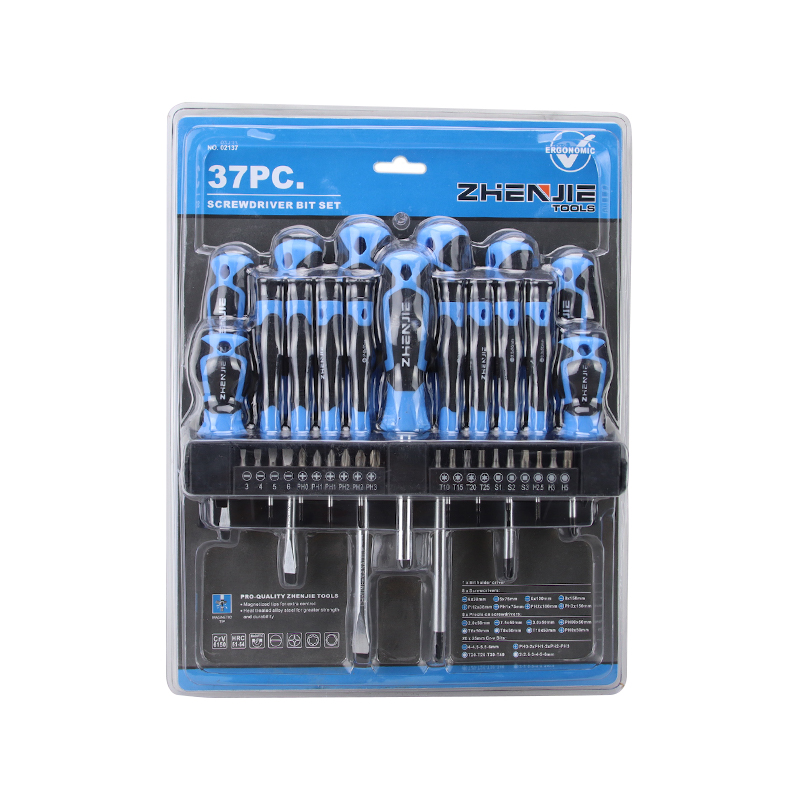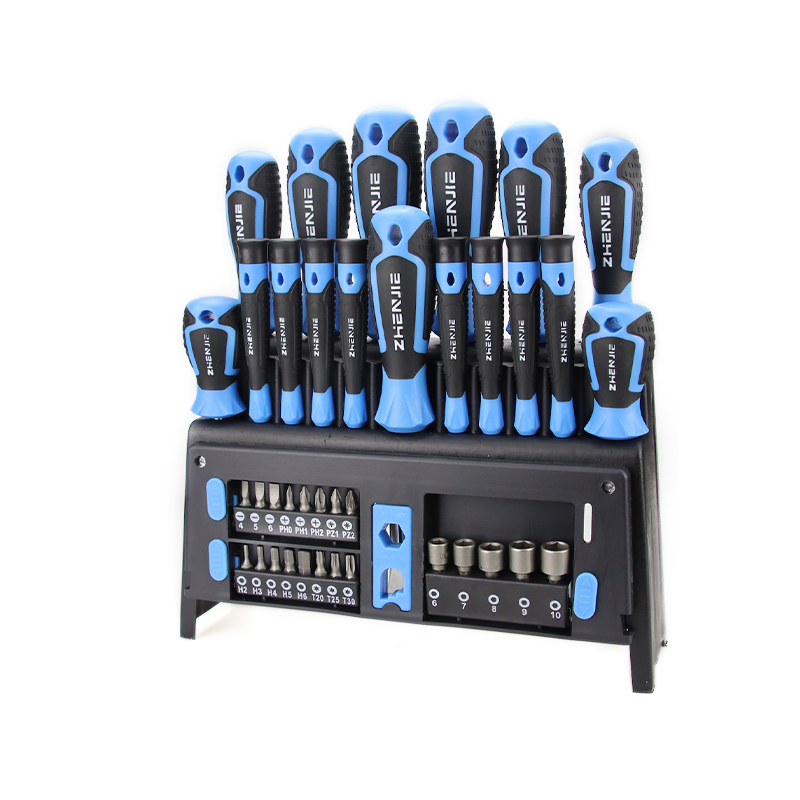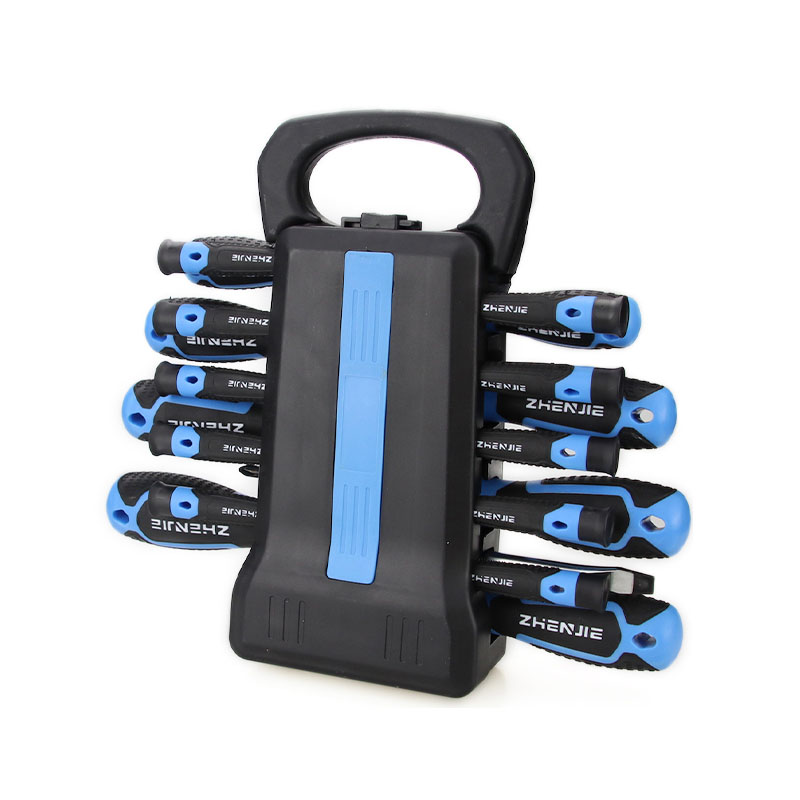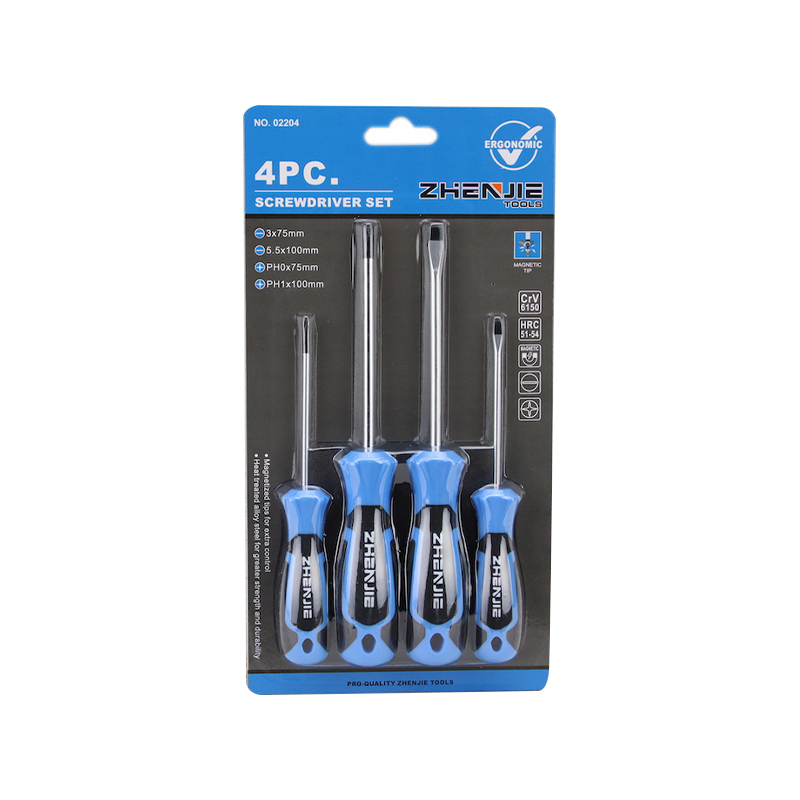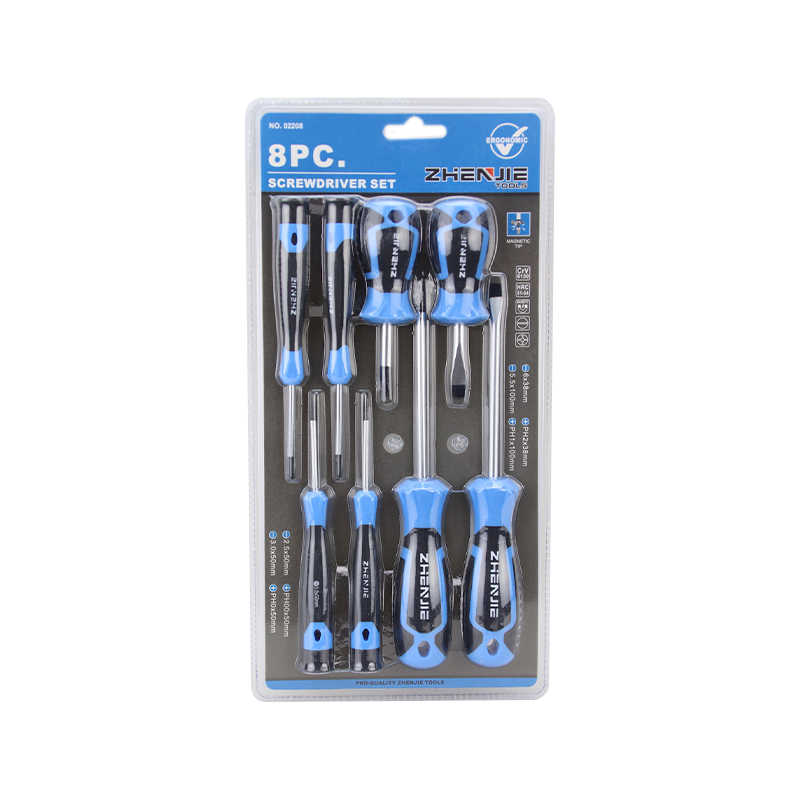In the vast sea of tools, there's a category that might not roar like a power drill or be as sturdy and powerful as a wrench. Yet, their unique flexibility and versatility make them an indispensable fixture in every craftsman's and every household's toolbox. Today's featured tools are utility pliers. More than just a tool, they're an extension of the craftsman's spirit, the crystallization of problem-solving wisdom, and the unsung heroes behind countless delicate operations.
The Secret of Pliers' Construction: From Leverage to Precision Manufacturing
When we pick up a pair of utility pliers, the first thing that strikes us is their seemingly simple construction, which in reality is woven with profound mechanical principles. At the heart of the pliers' body lies a fulcrum, connecting the two jaws to form a perfect lever system. The force we apply to the handles is amplified by this lever and precisely transmitted to the jaws, generating powerful gripping, shearing, or bending force. This transfer of force is a perfect fusion of human ingenuity and the principles of physics.
The material choice for the pliers is crucial. High-carbon steel is a common choice, offering exceptional hardness and toughness. A special heat treatment process significantly enhances its wear and corrosion resistance. Some high-end, practical, and multi-purpose pliers utilize chrome-vanadium steel or chrome-molybdenum steel. These alloys offer increased strength while maintaining excellent elasticity, ensuring the jaws retain their original shape even under intense pressure, without permanent deformation.

The design of the pliers is also ergonomically designed. The handles are typically covered with a non-slip, oil-resistant soft rubber or plastic material, which not only enhances grip comfort but also effectively prevents the tool from slipping in wet or greasy environments. The handle's curvature, length, and width are carefully designed to minimize hand fatigue, ensuring comfort even during extended work.
The Evolution of Jaw Functions: From Single to Multiple Functions Through Intelligent Integration
The core secret to the "multi-function" nature of practical, multi-purpose pliers lies in their jaw design. Traditional pliers typically have a single function, such as flat-nose pliers for clamping, needle-nose pliers for bending, and diagonal pliers for cutting. Utility multi-purpose pliers, on the other hand, cleverly combine these functions into a single tool.
The tips at the front of the jaws are often slender and long, allowing them to easily reach into tight spaces and perform precise clamping or bending operations. Immediately adjacent to the tips is a serrated gripping area, which provides strong friction and prevents slippage when gripping nuts, pipes, or other smooth objects. Further back, there are usually one or more cutting edges for cutting wires and wires. These cutting edges are precision-ground to a sharp edge, ensuring a clean cut.
Some more advanced utility multi-purpose pliers even have integrated wire strippers, crimpers, or rivet cutters behind the jaws. For example, the wire stripper section often features holes of varying sizes, allowing for quick and precise stripping depending on the thickness of the wire. A crimper securely connects a connector or terminal to the wire, ensuring a reliable electrical connection. This integrated multifunctionality greatly enhances the tool's practicality, allowing users to complete a range of complex tasks without frequent tool changes.
Application Scenarios for Practical Multi-Pliers: Versatility Across Industries
Practical multi-pliers have an extremely wide range of applications, covering virtually all repair, installation, and manufacturing fields. In electronics repair, they're used to clamp tiny components and bend wires; in plumbing and electrical installation, they're used to clamp pipes and cut cables; in automotive repair, they're used to remove or install parts and handle various connectors.
Practical multi-pliers are also a valuable aid in everyday life. Whether it's simple appliance repairs, furniture assembly, or even handicrafts, they offer unique advantages. Unlike some specialized tools, which often appear out of place, they offer a user-friendly, practical approach that integrates into every aspect of our lives.
The versatility of this tool stems from its core design philosophy: solving the most problems with the fewest tools. In work environments with limited resources or limited space, a pair of practical multi-pliers can often replace several specialized tools, significantly improving work efficiency and reducing the weight of the toolbox. It's more than just a tool; it's a solution, a strategy for maintaining flexibility and efficiency in a complex and ever-changing work environment.
Purchase and Maintenance: Extend the Life of Your "All-Purpose Pliers"
When choosing a good pair of practical multi-purpose pliers, consider several key factors. First, the material. As mentioned above, alloy steel is a guarantee of quality. Second, the manufacturing process. The alignment of the jaws, the sharpness of the cutting edge, and the surface treatment of the pliers are all directly related to the tool's performance and lifespan. Finally, the grip. A comfortable grip allows you to work more efficiently.
Proper use and maintenance are equally important. After use, clean the pliers' body of dirt and oil, especially the serrations and cutting edges. Regularly apply a small amount of lubricant to the joints of the pliers to ensure smooth opening and closing and reduce wear. Avoid using pliers to cut hard objects beyond their design capacity, as this may cause the jaws to crack or deform.

A properly maintained pair of practical multi-purpose pliers often has a lifespan exceeding expectations. Over time, it will bear the marks of time in your hands, becoming a testament to your expertise and hard work. It's more than just a tool; it's your friend, your trusted assistant, ready to face any challenge with you.
Utility Pliers, with its sophisticated design, powerful functionality, and wide applicability, redefines our understanding of tools. It proves that true power lies not in a single piece of equipment but in the integration and intelligent application of its diverse capabilities. It's more than just a versatile tool in your toolbox; it's a valuable partner in solving problems and creating value.

 English
English русский
русский Español
Español